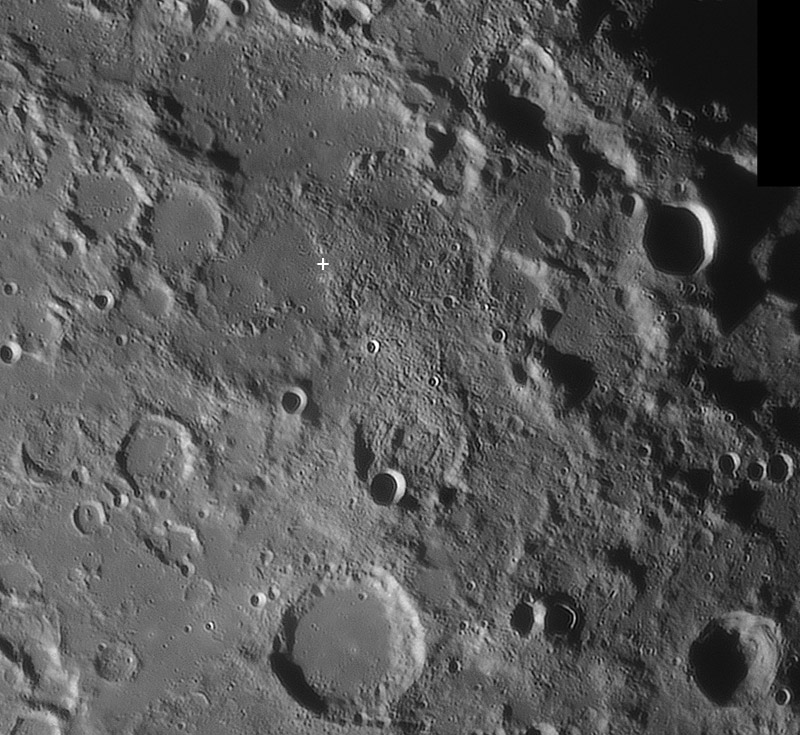Difference between revisions of "January 22, 2014"
| (6 intermediate revisions by the same user not shown) | |||
| Line 1: | Line 1: | ||
__NOTOC__ | __NOTOC__ | ||
=What is the Descartes Formation?= | =What is the Descartes Formation?= | ||
| + | <!-- Start of content --> | ||
<!-- ws:start:WikiTextHeadingRule:0:<h1> --> | <!-- ws:start:WikiTextHeadingRule:0:<h1> --> | ||
<!-- ws:start:WikiTextLocalImageRule:6:<img src="/file/view/LPOD-Jan22-14.jpg/484407032/LPOD-Jan22-14.jpg" alt="" title="" /> -->[[File:LPOD-Jan22-14.jpg|LPOD-Jan22-14.jpg]]<!-- ws:end:WikiTextLocalImageRule:6 --><br /> | <!-- ws:start:WikiTextLocalImageRule:6:<img src="/file/view/LPOD-Jan22-14.jpg/484407032/LPOD-Jan22-14.jpg" alt="" title="" /> -->[[File:LPOD-Jan22-14.jpg|LPOD-Jan22-14.jpg]]<!-- ws:end:WikiTextLocalImageRule:6 --><br /> | ||
| − | <em>image by [mailto:jupiter182002@yahoo.ca | + | <em>image by [mailto:jupiter182002@yahoo.ca Maximilian Teodorescu], Cota 1000 (SInaia), Romania</em><br /> |
<br /> | <br /> | ||
| − | The [ | + | The [https://the-moon.us/wiki/Apollo_16_Site Apollo 16 landing site] (small, white cross) was selected so that astronauts could collect samples from two units expected to be volcanic. First was the relatively smooth material just to the left of the cross. Similar, non-dark (and hence not maria lavas) material is common in the lunar highlands - in fact, it fills [https://the-moon.us/wiki/Abulfeda Abulfeda] (large crater at bottom center) and other low spots nearby. This material is called [https://the-moon.us/wiki/Cayley_Formation Cayley Plains] (it was first recognized near the crater [https://the-moon.us/wiki/Cayley Cayley]) and was thought to be an older volcanic rock, perhaps not basalt but something with more silica. The more heavily textured, hilly or wormy material inside the crater [https://the-moon.us/wiki/Descartes Descartes] and extending to the north is called Descartes Formation; it was interpreted as an even more silica-rich volcanic rock. But when the Apollo 16 spacecraft landed, astronaut John Young could tell by looking out the window that the Cayley landing site wasn't volcanic. In fact, the samples show it to be made of breccias, which are glued together fragments of prior rocks. And none of the rocks fragments were volcanic. The smooth Cayley Plains are probably ejecta from Imbrium and perhaps other basins that flowed to fill low places when it landed - the ejecta was fluizied so that it flowed like a liquid. This was perhaps the biggest scientific surprise of the entire Apollo project. Unfortunately only a small amount of sampling was done along a snout of the Descartes Formation material just below the bottom of the cross on the image. This elevated area is called Stone Mountain, but no massive rock formation was found, only more breccias. However, it is not certain if the Stone Mountain samples are actually pieces of the mountain, or if they are ejecta from the nearby South Ray crater that excavated Cayley Plains material. Certainly the Descartes Formation is unlike any other recognized ejecta deposits, and I believe that we still don't know what kind of rocks it is made of.<br /> |
<br /> | <br /> | ||
| − | <em>[mailto:tychocrater@yahoo.com | + | <em>[mailto:tychocrater@yahoo.com Chuck Wood]</em><br /> |
<br /> | <br /> | ||
<strong>Related Links</strong><br /> | <strong>Related Links</strong><br /> | ||
| − | <em>[ | + | <em>[[21st Century Atlas of the Moon|21st Century Atlas]]</em> charts 12 & 13.<br /> |
| − | Max's [http://maximusphotography.wordpress.com/2013/12/02/luna-hdr-si-un-bolid-9-noiembrie-2013/ | + | Max's [http://maximusphotography.wordpress.com/2013/12/02/luna-hdr-si-un-bolid-9-noiembrie-2013/ webpage]<br /> |
<br /> | <br /> | ||
| + | <p><b>Yesterday's LPOD:</b> [[January 21, 2014|This Time Topo Confirms What We Believe]] </p> | ||
| + | <p><b>Tomorrow's LPOD:</b> [[January 23, 2014|Seeing the Moon Makes Any Day Special]] </p> | ||
<hr /> | <hr /> | ||
| + | {{wiki/ArticleFooter}} | ||
Latest revision as of 08:28, 28 October 2018
What is the Descartes Formation?

image by Maximilian Teodorescu, Cota 1000 (SInaia), Romania
The Apollo 16 landing site (small, white cross) was selected so that astronauts could collect samples from two units expected to be volcanic. First was the relatively smooth material just to the left of the cross. Similar, non-dark (and hence not maria lavas) material is common in the lunar highlands - in fact, it fills Abulfeda (large crater at bottom center) and other low spots nearby. This material is called Cayley Plains (it was first recognized near the crater Cayley) and was thought to be an older volcanic rock, perhaps not basalt but something with more silica. The more heavily textured, hilly or wormy material inside the crater Descartes and extending to the north is called Descartes Formation; it was interpreted as an even more silica-rich volcanic rock. But when the Apollo 16 spacecraft landed, astronaut John Young could tell by looking out the window that the Cayley landing site wasn't volcanic. In fact, the samples show it to be made of breccias, which are glued together fragments of prior rocks. And none of the rocks fragments were volcanic. The smooth Cayley Plains are probably ejecta from Imbrium and perhaps other basins that flowed to fill low places when it landed - the ejecta was fluizied so that it flowed like a liquid. This was perhaps the biggest scientific surprise of the entire Apollo project. Unfortunately only a small amount of sampling was done along a snout of the Descartes Formation material just below the bottom of the cross on the image. This elevated area is called Stone Mountain, but no massive rock formation was found, only more breccias. However, it is not certain if the Stone Mountain samples are actually pieces of the mountain, or if they are ejecta from the nearby South Ray crater that excavated Cayley Plains material. Certainly the Descartes Formation is unlike any other recognized ejecta deposits, and I believe that we still don't know what kind of rocks it is made of.
Chuck Wood
Related Links
21st Century Atlas charts 12 & 13.
Max's webpage
Yesterday's LPOD: This Time Topo Confirms What We Believe
Tomorrow's LPOD: Seeing the Moon Makes Any Day Special
COMMENTS?
Register, Log in, and join in the comments.



